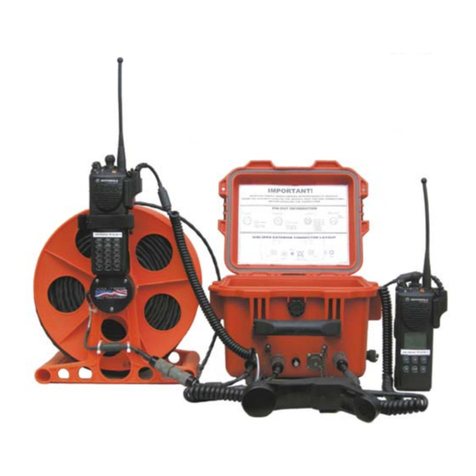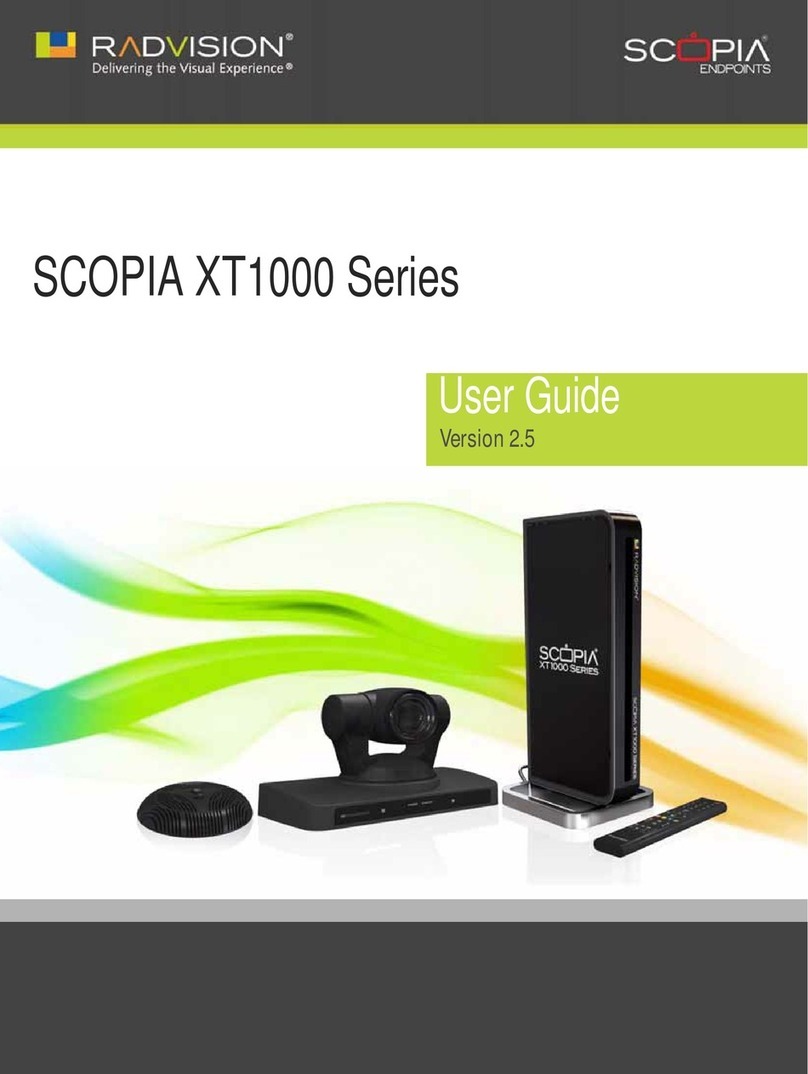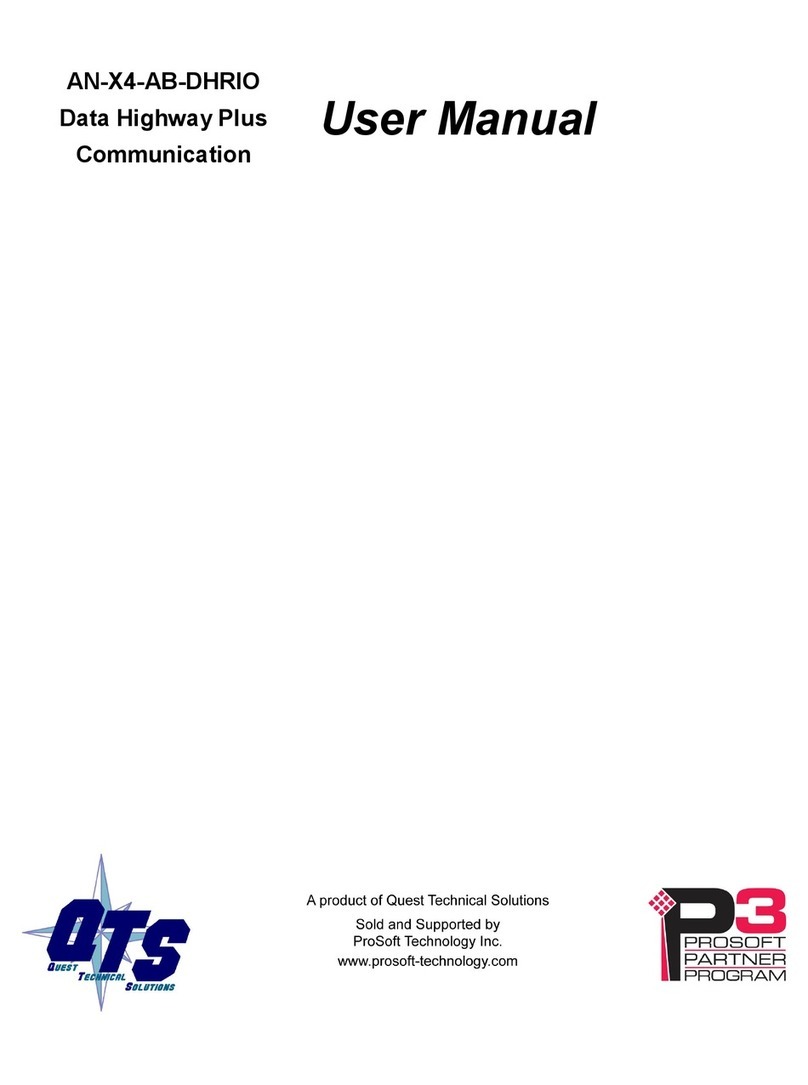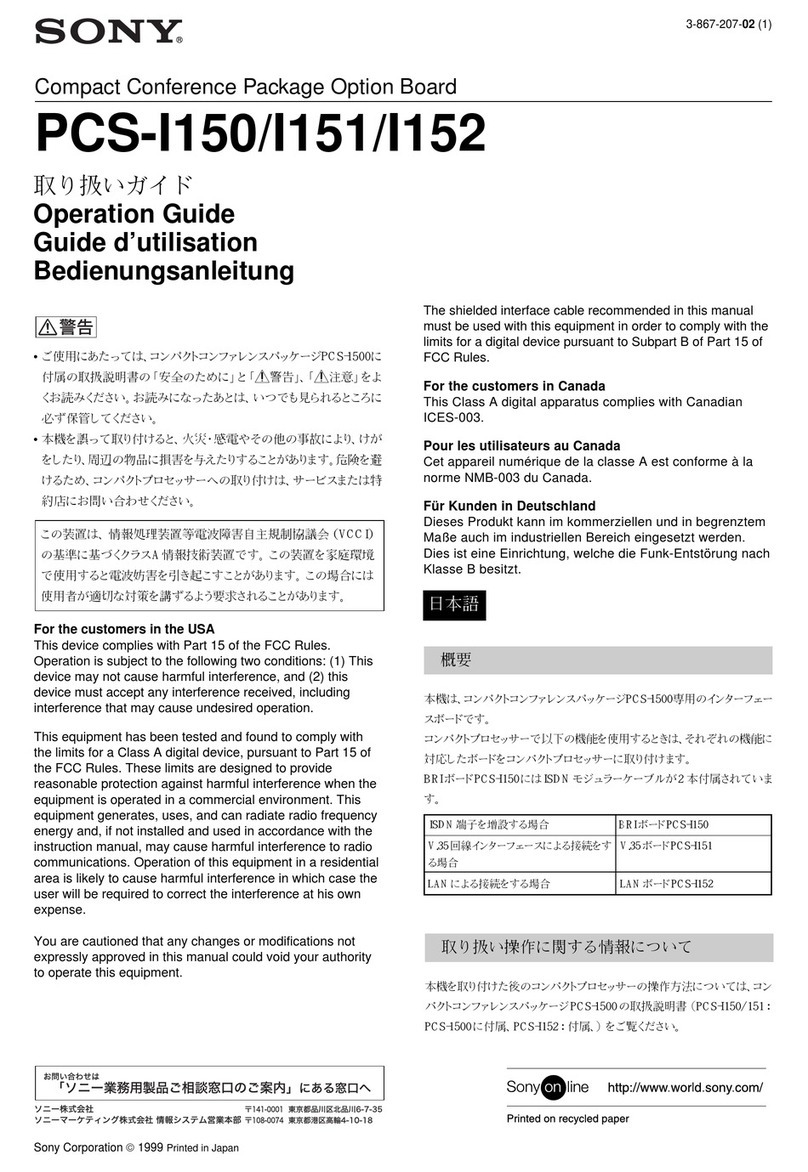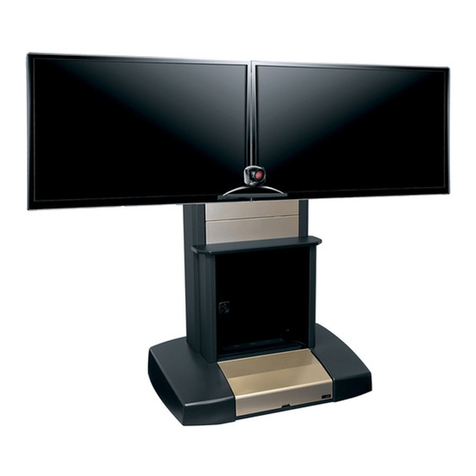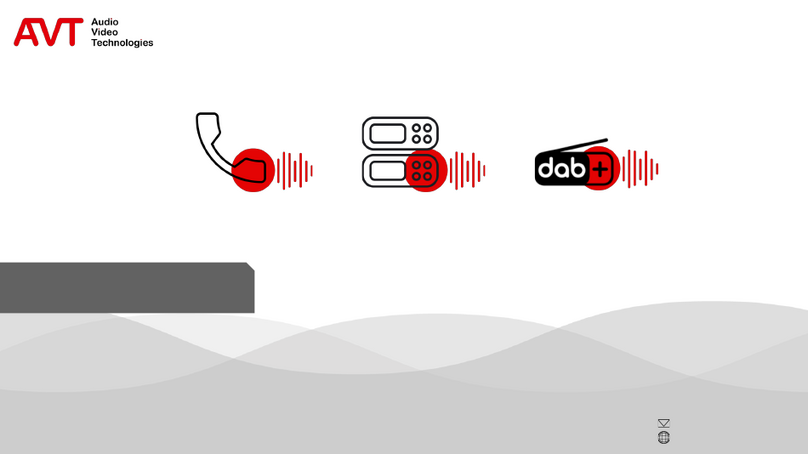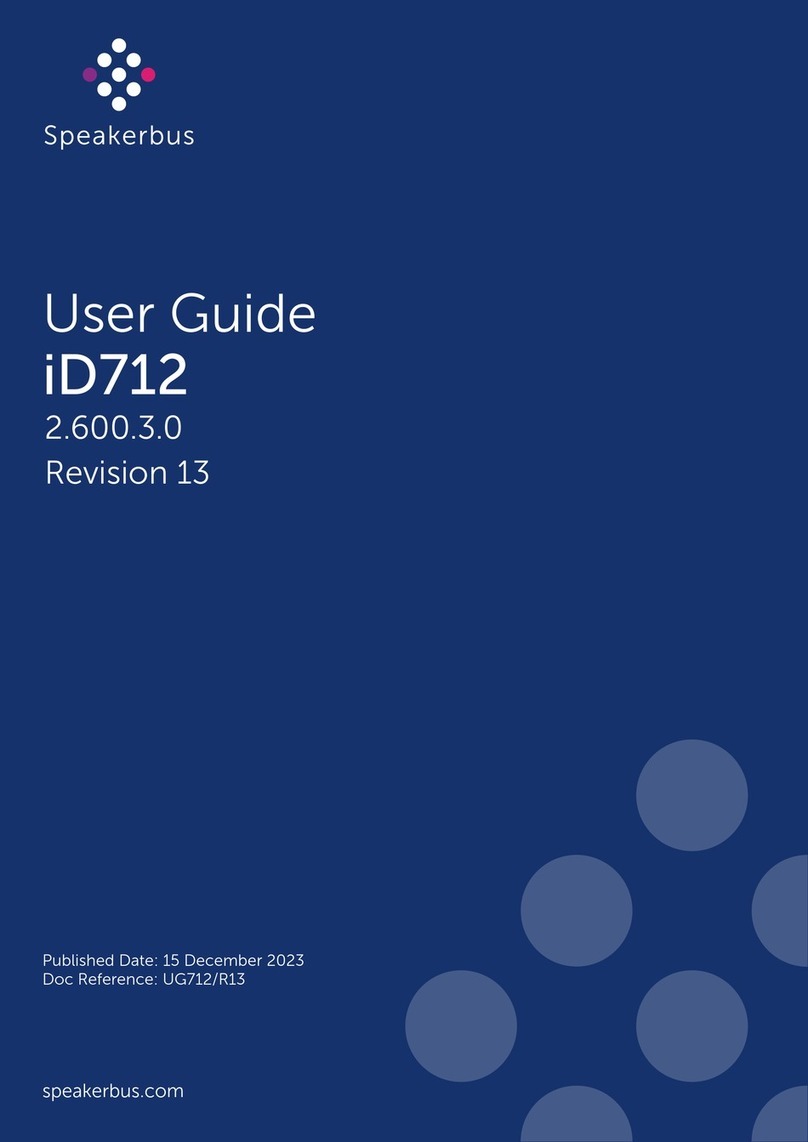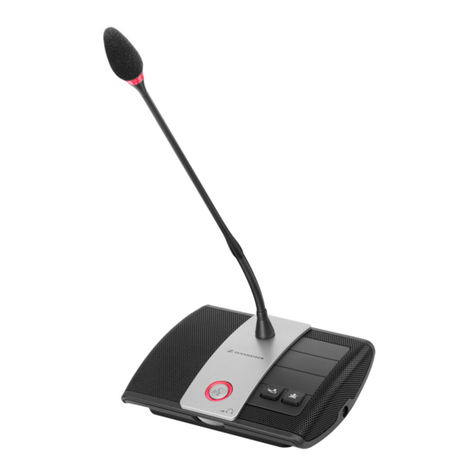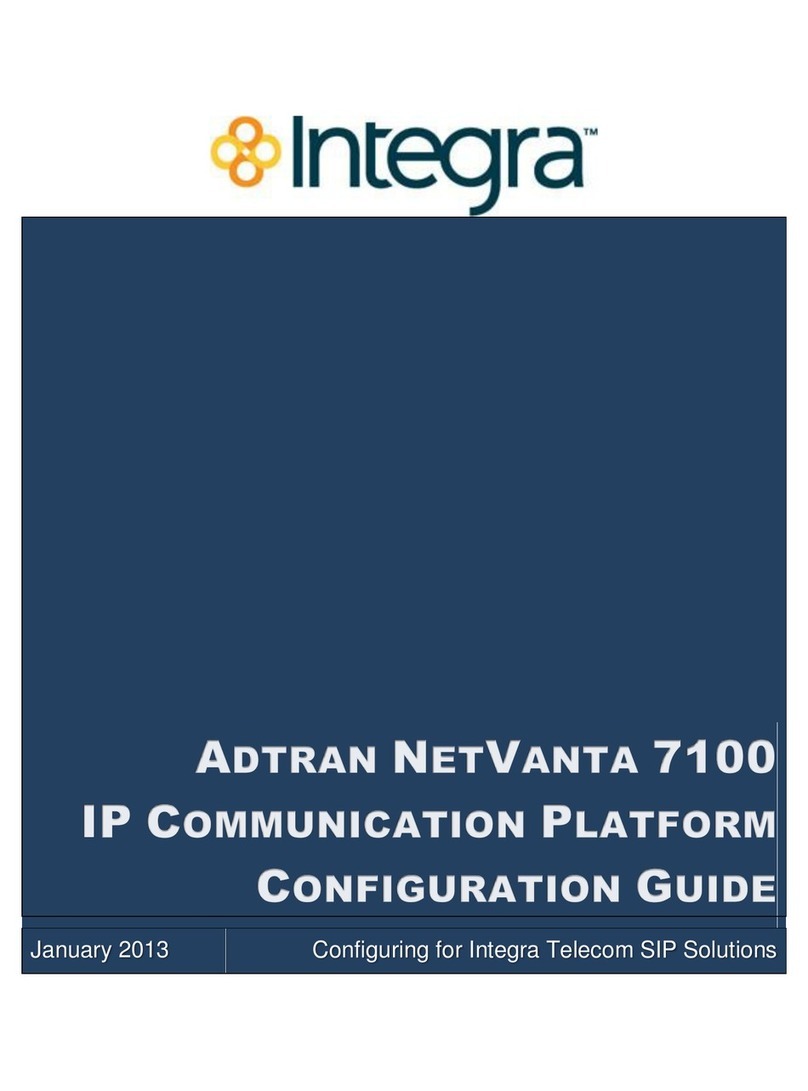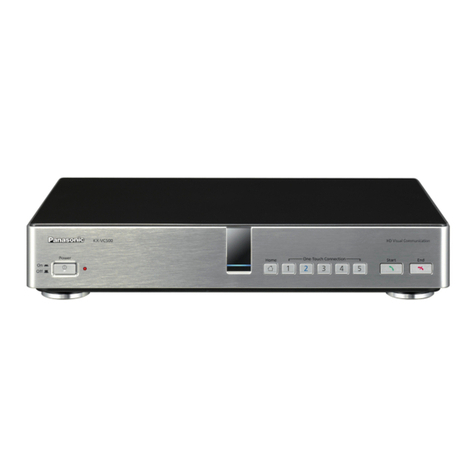
- 3 -
Theory of Operation
In simplest terms, the ICRI performs two primary functions:
Distributes audio received from one two-wayradioto otherradios, telephoneorrecordingdevice
connected to the ICRI.
Utilizes this same incoming audio to ―key‖ the other radios connected to the ICRI.
This configuration of the ICRI is designed to be quicklyset-up, and to operate for extended periods
without additional power sources or specialized support equipment.
This ICRI interfaces through the interconnect cables to link radios and telephones. Commercial
radios---both portable and mobile radios--- can be rapidly linked together to form radio
communications ―nets‖ of radios that could not otherwise communicate with one another. Military
radios, and satellite ―phone‖ and voice-over-IP devices can be linked to the 2-wayradios to extend
the command and control capabilities of the personnel on-scene and at remote locations.
The ICRI will operate for at least 24 hours, with 8 ―AA alkaline batteries (somewhat less in cold
weather). The ICRI can also be powered byan external batterypack, a vehicle-supplied or otherDC
source, or AC.
Two, three, four, five radios can be linked together through the ICRI. Unencrypted radios can be
linked in one talk group while encrypted can be linked in thesecondtalkgroup. Talk groupselection
is controlled by the switches about each radio ―port‖.
Two ICRIs can be rapidly linked together without hand tool and/or adjustments. An interconnect
cable may be part of this kit or is readily available.
A 250’ extension cable for radio interface may be supplied with this kit. The extension cable
permits a radio to be placed at this distance from the ICRI. This may useful when connecting to a
satellite antenna/radio or when a team enters a structure/tunnel. Multiple extension cables can be
connected for even greater distances (tested up to 5000’).
The ICRI does not discriminate or evaluate the incomingaudio so that delaysarenot insertedinto the
audio transfer or ―keying‖ processes. Radios, telephones and/or recording devices connected to the
ICRI are provided with the incoming audio essentially in real-time (an initial delay at keying to
preserve the first syllables of incoming audio as the transmitters[including widearea, repeater-based
―trunked‖ radio systems] are keyed up).
An ICRI contains up to six circuits that key the radios connected to the ICRI; these circuits are
commonly referred to as ―VOX‖ or ―voice-activated switches.‖ The ICRI uses these circuits to
perform other controlling functions as well. Only the VOX directlyconnectedto theincomingaudio
is used to keyeach of the other radios simultaneously(all other are temporarilydisabled, preventing
a second ―voice‖ from causing a disruption in initial voice being distributed).
